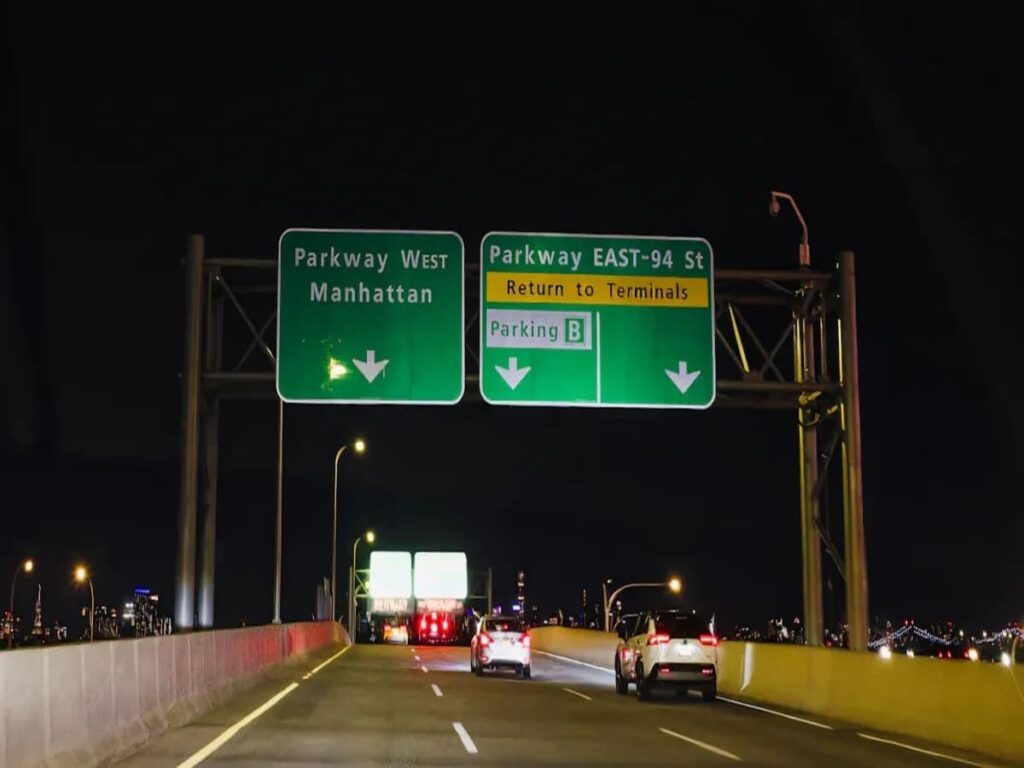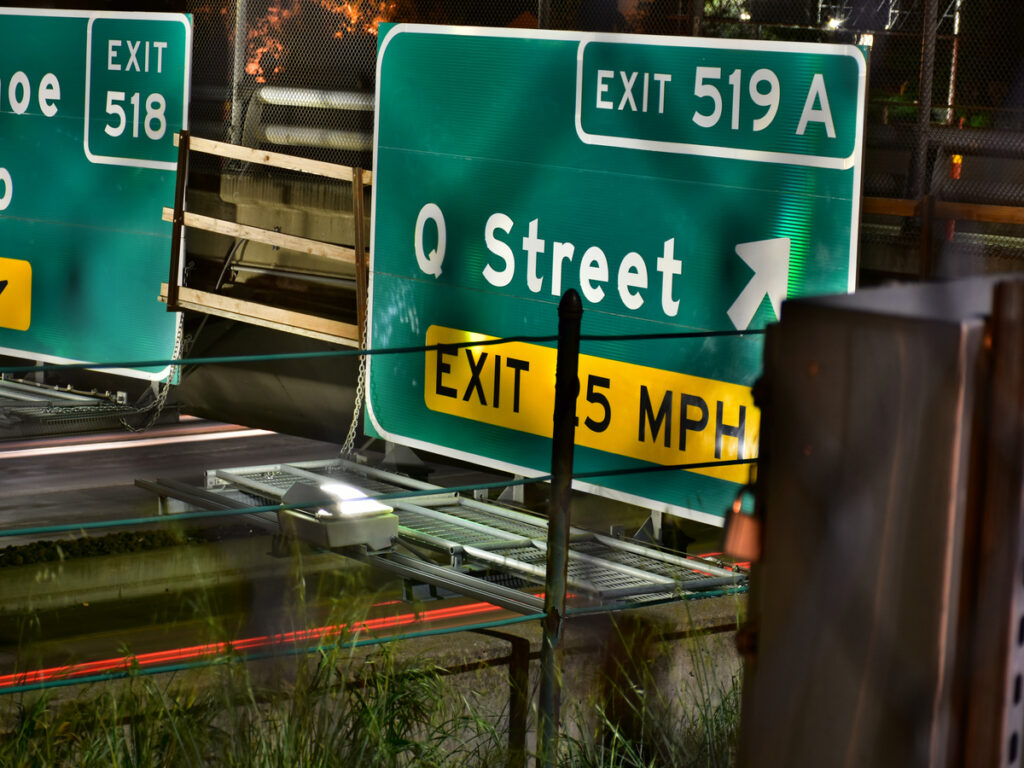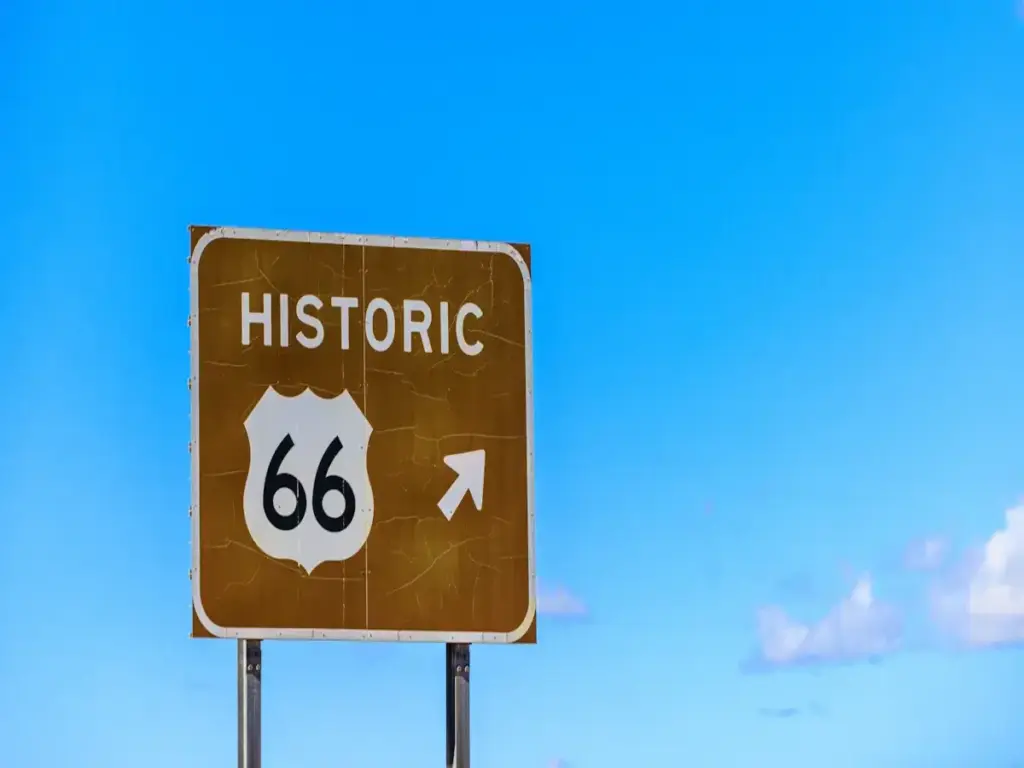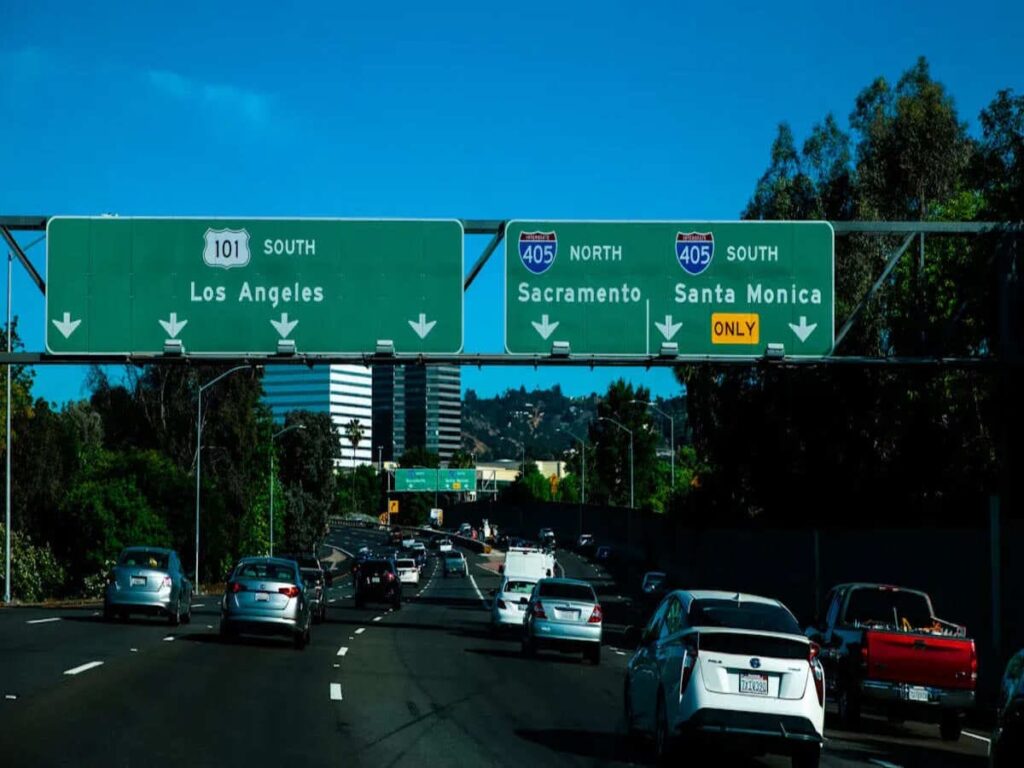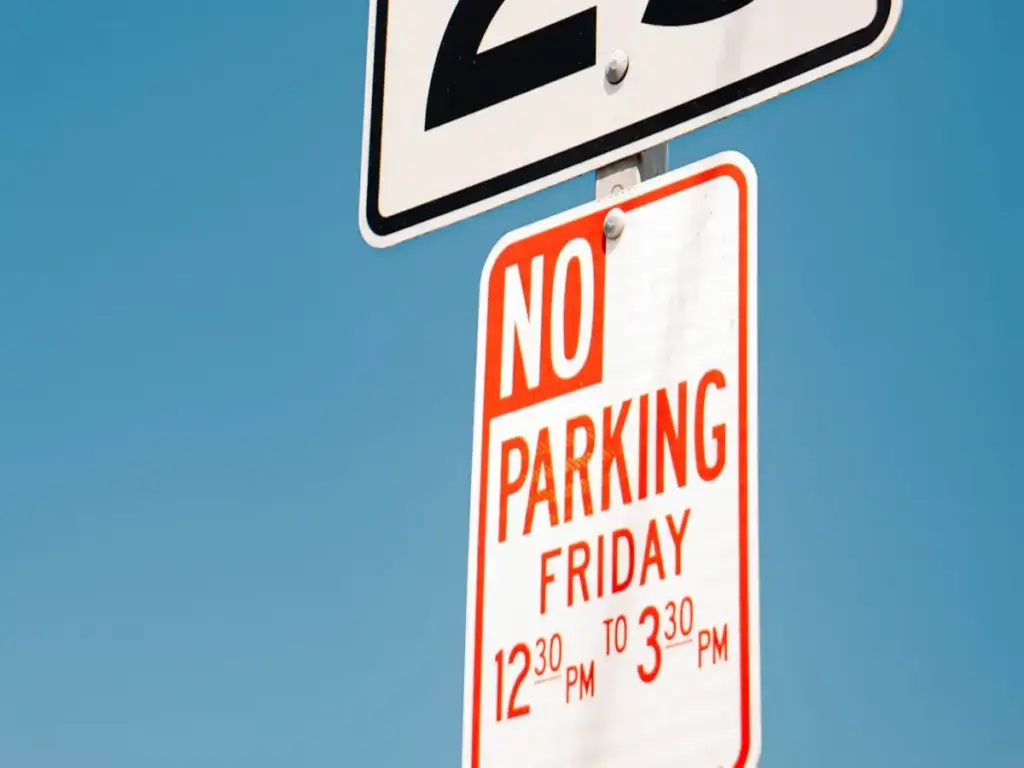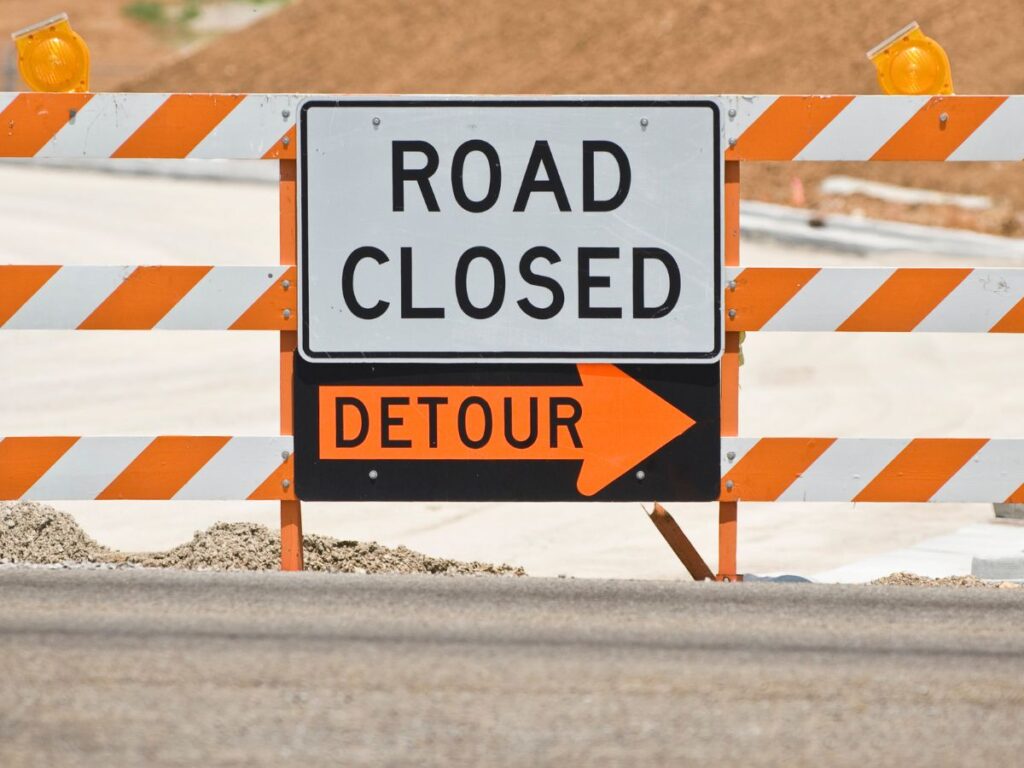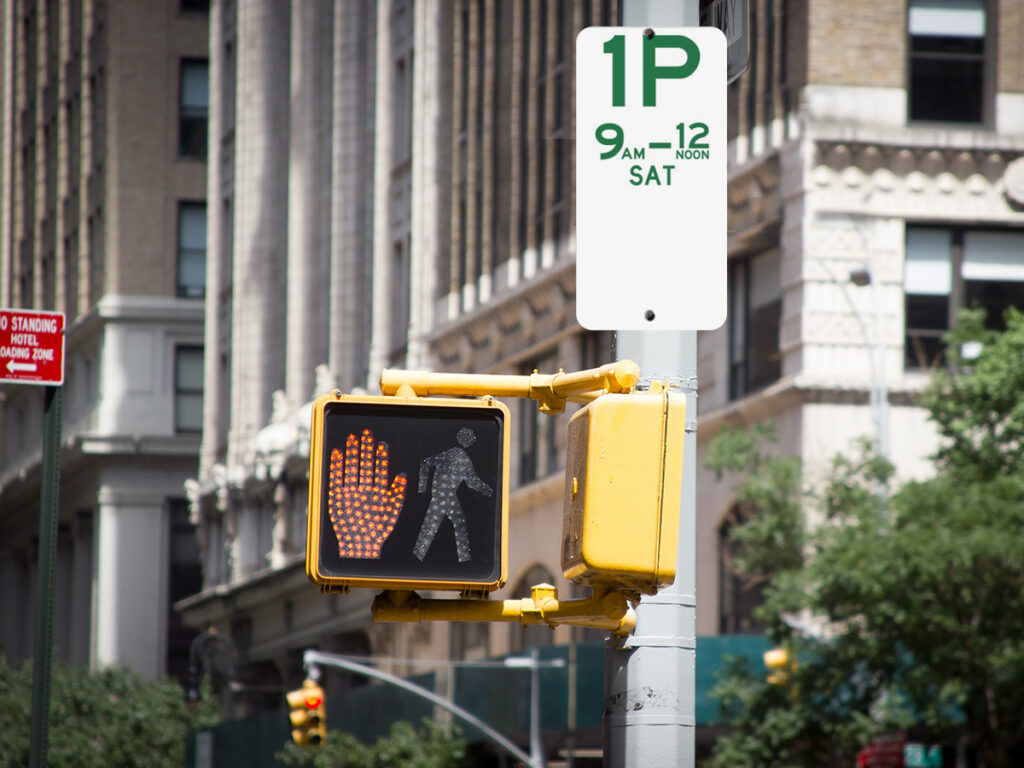
5052-H38 Aluminium ist die beste Wahl für Verkehrskontrollschilder in Australien. Es ist außergewöhnlich stark und stark resistent gegen Korrosion. Es entspricht auch allen nationalen Standards. Die Auswahl des richtigen Materials für Straßenschilder ist entscheidend, da es die Verkehrssicherheit aufrechterhält und sicherstellt, dass Schilder deutlich sichtbar bleiben. Dies verbessert auch die Gesamtleistung der Zeichen. In Queensland durchgeführte Forschung zeigt, dass UV-stabilisierte Aluminium verblasst und Korrosion verhindert. Dies hält die Verkehrssteuerungszeichen klar und langlebig, auch unter harten Wetterbedingungen. Die Verwendung des entsprechenden Aluminiums verlängert die Lebensdauer von Anzeichen und sorgt für die Einhaltung der Vorschriften. Folglich, Weniger Schilder erfordern Ersatz, Beitrag zu sichereren Straßen für alle.
Wenn Sie mehr darüber erfahren möchten, wie sich die richtigen Materialien für Verkehrssicherheitsschilder auf die Sicherheit und Haltbarkeit auswirken, Schauen Sie sich unseren Blog an Wie materielle Auswahlmöglichkeiten die Zukunft von Verkehrsschildern zum Verkauf in Australien formen.
Verkehrskontrollschilder: Schlüsselanforderungen
Sichtbarkeit und Reflexionsvermögen
Sichtbarkeit ist für Verkehrssteuerungszeichen sehr wichtig. Die Fahrer müssen Symbole sehen und Wörter schnell lesen. Dies gilt auch dann, wenn es dunkel oder regnet. Australische Regeln, wie Als/nzs 1906.1, sagen Stoppschilder Muss Klasse verwenden 1 oder reflektierende Blechklassenklassen. Diese Materialien verwenden spezielle prismatische Technologie. Klasse 2 Reflektierende Bleche sind für Stoppschilder nicht zulässig. Die reflektierende Schicht muss gut funktionieren für bis zu bis zu 10 Jahre. Dies hilft, Tag und Nacht klar zu bleiben. Es hilft den Menschen auch, Symbole zu erkennen und gibt starke Hinweise auf die Straße. Reflektierende Materialien machen nachts und von weitem leicht zu sehen.
- Klasse 1 oder 1W reflektierende Bleche ist für Stoppschilder benötigt
- Reflektierende Materialien sollten bis zu 10 Jahre
- Starke Aluminiumlegierungen helfen, lange Zeit sichtbar zu bleiben
Haltbarkeit in Australien
Australiens Wetter kann dazu führen, dass Schilder schneller abgenutzt sind. Sonnenlicht kann Schilder verblassen und brechen. Heißes und kaltes Wetter kann Risse verursachen oder Schilder spröde machen. Salzspray in der Nähe des Meeres kann unbehandelte Metallerost machen. Die Aluminiumlegierungen und UV-stabilisierten Materialien können mit diesen schwierigen Bedingungen umgehen. Schutzbeschichtungen bieten zusätzlichen Schutz. Das Reinigen und Überprüfen von Schildern hilft ihnen oft, länger zu dauern. Gute Materialien halten Verkehrszeichen gut und sicher funktionieren, Auch an harten Orten.
- UV-stabilisierte Aluminiumlegierungen hören auf zu verblassen und zu knacken
- Aluminium in Meeresqualität rostet nicht aus Salzspray
- Beschichtungen und Pflege helfen, die Zeichen länger zu halten
Compliance -Standards
Nach australischen Standards stellt sicher, dass die Verkehrszeichen sicher sind und gut funktionieren. ALS 1743-2001 listet die Regeln für Straßenschilder auf. Als/nzs 1734:1997 erklärt, wie Aluminiumlegierungen für Zeichen sein müssen. Diese Regeln sagen, welche Chemikalien und Dicke die Legierungen brauchen. Sie sagen auch, wie stark und biegsam das Metall sein muss. Als/nzs 1906.3:2017 Ermittelt, welche retroreflektierenden Materialien für Zeichen benötigt werden. Indem Sie diese Regeln befolgen, Macher stellen sicher, dass Schilder leicht zu sehen sind, Letzte lange, und die Menschen sicher halten.
Notiz: Die Verwendung der richtigen Aluminiumlegierungen und reflektierenden Materialien ist für die Sicherheit und das Gesetz sehr wichtig. Wenn Anzeichen den Regeln nicht befolgen, Sie könnten scheitern und mehr kosten, um mehr zu ersetzen. Ich möchte wissen, welches Material Ihren Bedürfnissen am besten entspricht? Lesen Sie unseren Blog Welches Material ist richtig für Sie? Vergleich von Sicherheitsschildern zum Verkauf: Aluminium gegen Kunststoff gegen Magnetisch um alle Optionen zu erkunden.
5052-H38 Aluminium: Eigenschaften und Vorteile
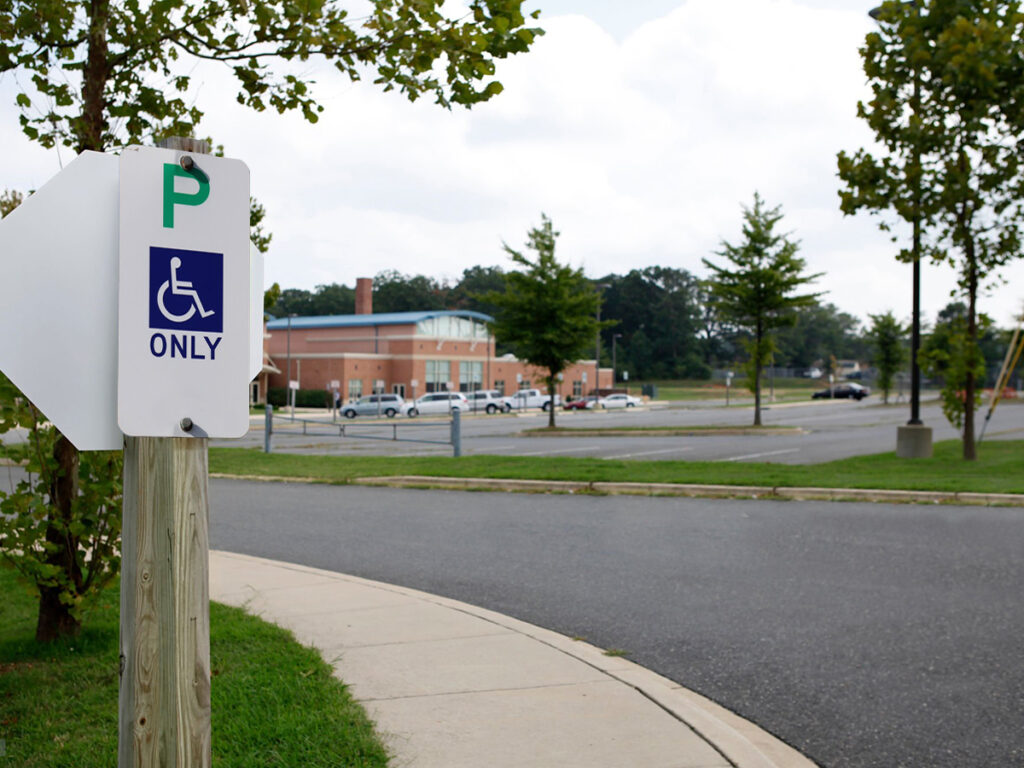
Korrosionsbeständigkeit
5052-H38 Aluminium rostet nicht leicht. Dies macht es großartig für Verkehrsschilder im Freien in Australien. Es hat keinen Kupfer, Es korrodiert also nicht an salzigen oder marinen Orten. Schilder aus dieser Legierung bekommen keine Gruben oder Rost, sogar in der Nähe des Meeres oder bei starkem Regen. Das hohe Magnesium in 5052-H38 hilft ihm, bei hartem Wetter Schaden zu widersetzen. Branchenstandards geben dieser Legierung ein 'a’ für Korrosionsbeständigkeit. Dies bedeutet, dass es in Fabriken und in der Nähe des Meeres ohne zusätzliche Beschichtungen gut funktioniert. Räte und Bauherren wählen 5052-H38-Aluminium, weil Schilder für lange Zeit neu und leicht zu lesen sind. Sein starker Widerstand gegen Korrosion bedeutet, dass Anzeichen nicht oft ersetzt werden müssen. Dies hilft der Umwelt und spart Geld.
- 5052-H38 Aluminium ist sehr gut darin, Korrosion an salzigen und chemischen Orten zu widerstehen.
- Es hält die Zeichen klar und leicht zu lesen, Auch nach vielen Jahren.
- Die Legierung dauert lange, Daher hilft es der Umwelt, indem es weniger Verschwendung macht.
Stärke und Starrheit
5052-H38 Aluminium ist stark, aber nicht schwer. Dies ist wichtig für Verkehrszeichen. Seine hohe Zugfestigkeit hält die Zeichen steif und verhindert, dass sie in starkem Wind beugen. Diese Stärke hilft Zeichen, ihre Form zu halten, Auch an offenen Stellen. Der elastische Modul von 5052-H38 ist 70.3 GPA. Dies bedeutet, dass es sich nicht leicht im Vergleich zu anderen Legierungen beugt. Seine Ertragsfestigkeit ist niedriger als einige andere Legierungen, aber es ist immer noch stark genug für die meisten Zeichen. Durch die Mischung aus Kraft und einfaches Gestalten können die Hersteller schwierige Zeichen aufbauen, die einfach zu erstellen sind. Schilder aus dieser Legierung bleiben stehen und leicht zu sehen, Auch bei schlechtem Wetter.
| Eigentum | 5052-H38 Aluminiumlegierung | 6061 Aluminiumlegierung |
|---|---|---|
| Elastizitätsmodul | 70.3 GPA | 68.9 GPA |
| Ertragsfestigkeit | 193 MPA | 276 MPA |
5052-H38 Aluminium gibt die richtige Mischung aus Festigkeit und Flexibilität für Safe, langlebige Zeichen.
Oberfläche und Verarbeitbarkeit
5052-H38 Aluminium hat eine glatte Oberfläche. Dies ist gut, um reflektierende Beschichtungen und Drucken von Schildern anzuziehen. Die Hersteller verwenden diese Legierung, um Schilder zu machen, die glänzend und glatt sind. Dieses Finish macht es einfach, reflektierende Laken hinzuzufügen, Aufkleber, und Drucke. Die Legierung kann auf viele Arten behandelt werden, wie Anodising, Malerei, oder Bürsten. Diese Behandlungen halten die Anzeichen länger und sehen besser aus. Seine glänzende Oberfläche macht Zeichen hell und leicht zu sehen, Tag oder Nacht. Die reflektierende Oberfläche hilft den Fahrern, Anzeichen von weitem oder im Dunkeln zu erkennen.
5052-H38 Aluminium ist auch einfach zu arbeiten. Arbeiter können schneiden, Stempel, und formen Sie es schnell. Dies macht den Bauzeichen schneller und hält die Qualität hoch. Seine Stärke hilft den Schildern, dem schlechten Wetter zu stand. Weil es leicht zu formen ist, Schilder können in vielen Größen und Formen für verschiedene Straßen hergestellt werden.
- Zeichenbläser verwenden 5052-H38-Aluminium, weil es glänzend und stark ist.
- Die Legierung ist leicht zu arbeiten, Schilder werden also schneller und besser gemacht.
- Das glänzende Finish hilft den Fahrern, Schilder zu sehen und sicher zu bleiben.
Die Auswahl von 5052-H38-Aluminium bedeutet, dass Verkehrszeichen stark bleiben werden, klar, und gut für die Umwelt für viele Jahre.
Vergleich von Aluminiumlegierungen
5052-H38 vs 3003
Ingenieure betrachten oft sowohl 5052-H38 als auch 3003 Bei der Auswahl von Materialien für Verkehrszeichen. Diese beiden Legierungen sind beliebt, aber sie sind nicht gleich. 5052-H38 hat Magnesium und Chrom. Diese machen es stärker und besser im Kampf gegen Rost. 3003 hat stattdessen Mangan. Dies macht es weicher und bei schlechtem Wetter nicht so hart.
| Element | 3003 | 5052 |
|---|---|---|
| Aluminium (Al) | 97.0–98,0% | Rest |
| Magnesium (Mg) | 0.0% | 2.2–2,8% |
| Chrom (Cr) | 0.0% | 0.15–0,35% |
| Mangan (Mn) | 1.0–1,5% | ≤ 0,10% |
| Kupfer (Cu) | 0.05–0,20% | ≤ 0,10% |
5052-H38 Aluminium ist viel stärker als 3003. Es kann mehr Kraft bewältigen, bevor sie beugen oder brechen. Dies ist gut für Zeichen an windigen oder Küstenorten. Die folgende Tabelle zeigt, wie stark jede Legierung ist:
| Temperament | Zugfestigkeit (MPA) | Ertragsfestigkeit (MPA) | Brinell Härte (Hb) |
|---|---|---|---|
| 3003-H14 | 155 | 150 | 40 |
| 5052-H38 | 295 | 260 | 77 |
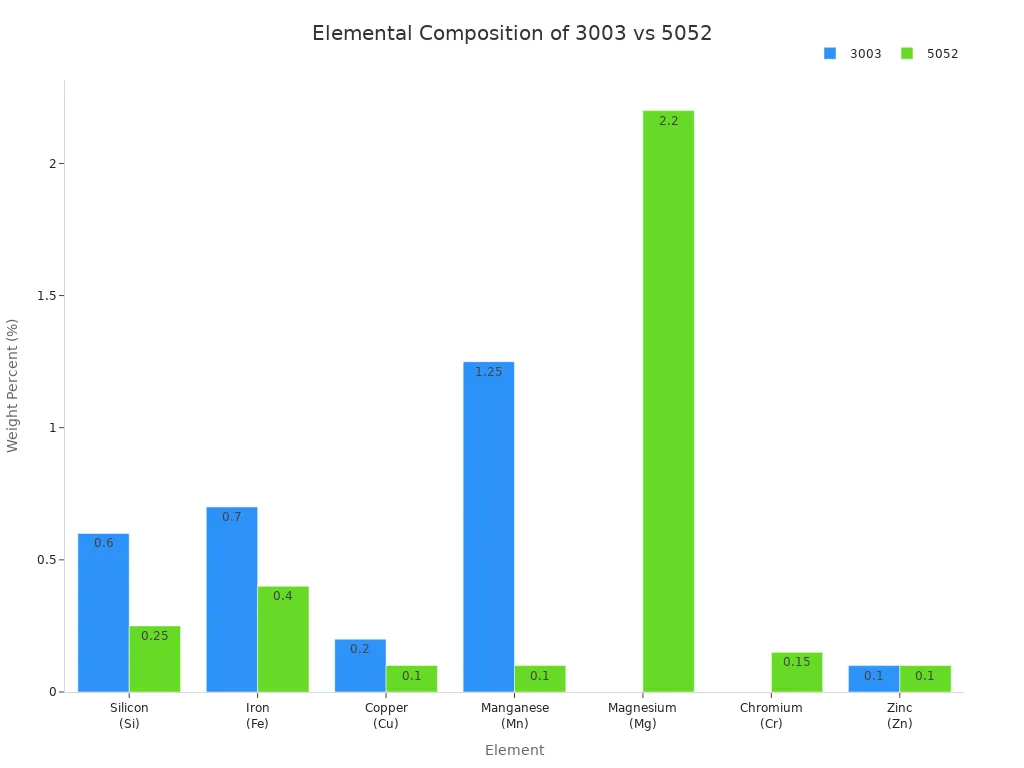
5052-H38 Aluminium ist die beste Wahl für Outdoor -Schilder in Australien. Sein Magnesium hält es vor Salz und Regen sicher. 3003 ist leicht zu formen, aber es dauert nicht so lange oder bleibt so stark wie 5052-H38.
Kosten und Lebensdauer
5052-H38 Aluminium kostet zunächst mehr als 3003. Aber es spart später Geld, weil es länger dauert. Räte und Bauherren wie 5052-H38, weil es weniger repariert werden muss. Daraus Schilder bleiben stark und leicht zu lesen. 3003 Schilder müssen möglicherweise früher geändert werden, vor allem in der Nähe des Meeres oder an windigen Orten.
Viele staatliche Jobs bitten um 5052-H38-Aluminium für Straßenschilder. Dies stellt sicher, dass die Zeichen den Regeln folgen und lange dauern.
5052-H38 Aluminium ist etwas Besonderes, weil es stark ist, rostet nicht, und ist sehr zuverlässig. Macher verwenden es für wichtige Straßenschilder. Sie wissen.
Installation und Dicke
-1024x768.jpg)
Dicke wählen
Es ist wichtig, die richtige Dicke für Verkehrszeichen zu auswählen. Es hilft, die Zeichen sicher und stark zu halten. Ingenieure wählen 1,6 mm Aluminium für kleine Schilder. Dies sind Dinge wie Park- oder Tempolimitschilder. Diese Dicke ist gut, wenn das Schild eine Unterstützung hat oder sich an einer sicheren Stelle befindet. Mittlere Zeichen, Wie Warntafeln, Verwenden Sie 2,0 mm Aluminium. Diese Zeichen brauchen aufgrund des Windes mehr Kraft. Große Zeichen auf Autobahnen verwenden 3,0 -mm -Aluminium. Dies hindert sie daran, sich in starkem Wind zu biegen. Die beste Dicke hängt von der Größe des Schildes ab und wohin es geht. Es hängt auch davon ab, wie viel Wind es bekommen wird. Durch die Verwendung der richtigen Dicke hält die Zeichen länger und leicht zu lesen.
Tipp: Schauen Sie sich immer lokale Regeln an, bevor Sie die Dicke auswählen. Australische Standards helfen, die Sicherheitsgesetze zu befolgen.
Installationsmethoden
Gute Installation hält die Schilder sicher und leicht zu sehen. Installateure verwenden Zeichenklammern, Schilderposts, oder Zeichenrahmen aus Aluminium gemacht. Diese Teile rosten nicht und passen zum Schild. Arbeiter befestigen das Schild mit Edelstahlbolzen oder Nieten. Dies verhindert Rost und hält das Schild fest. Für Schilder über Straßen, Ingenieure verwenden starke Rahmen und dickes Aluminium. Das glatte 5052-H38-Aluminium eignet sich gut für reflektierende Platten. Diese Schicht hilft Fahrern, Schilder nachts oder bei Regen zu erkennen. Sorgfältiges Arbeiten verhindert Kratzer und sorgt dafür, dass die glänzende Oberfläche erhalten bleibt.
Bei OPTRAFFIC, Für beides bieten wir Lösungen aus einer Hand Verkehrszeichen zum Verkauf und deren Montagezubehör, Sicherstellen, dass Ihre Projekte konform sind, sicher, und gebaut, um zu dauern.
Wartungsbedürfnisse
5052-H38-Aluminium hilft Kommunen und Arbeitnehmern, Geld zu sparen. Es rostet nicht, Also dauern die Zeichen länger. Reinigen Sie die Schilder mit milder Seife, damit sie strahlend bleiben. Kontrolleure prüfen jedes Jahr Verkehrsschilder auf Schäden oder Verblassen. Wenn sich die glänzende Schicht ablöst oder sich das Schild verbiegt, nur dieser Teil wird geändert. Das spart Geld und sorgt für sichere Straßen. Aluminiumschilder dauern lange, Es gibt also weniger Müll. Gutes Design und starkes Material helfen, viele Jahre lang gut zu funktionieren.
5052-H38 Aluminium ist die beste Wahl für Verkehrszeichen in Australien. Es ist schwierig, rostet nicht, und erfüllt alle Regeln. Dies bedeutet, dass Zeichen gut funktionieren und lange dauern. Wenn Sie die richtige Dicke auswählen und bei guten Lieferanten einkaufen, wird die Menschen sicher. Es hilft auch, Probleme mit dem Gesetz zu vermeiden.
- Wenn Sie die falsche Dicke oder die falsche Art von Aluminium verwenden, es kann:
- Brechen Sie die Regeln für Straßenschilder auf
- Schilder schwer zu sehen machen, Besonders nachts
- Stürze wahrscheinlicher machen und rechtliche Schwierigkeiten verursachen
Ingenieure wählen 5052-H38, wenn sie Schilder wünschen, die dauern und gut funktionieren.
FAQ
Was macht 5052-H38-Aluminium für australische Verkehrszeichen geeignet?
5052-H38 Aluminium ist stark und rostet nicht leicht. Es funktioniert gut bei hartem Wetter. Räte verwenden diese Legierung für Straßenschilder, die lange dauern. Diese Verkehrskontrollschilder bleiben hell und leicht auf Straßen und Autobahnen zu sehen. Es wird auch für keine Müllschilder verwendet.
Wie handelt es sich bei 5052-H38-Aluminium-Umgebungen um Küstenumgebungen??
Diese Legierung steht auf Salzspray und nasse Luft. Es stoppt Rost und Fasten in der Nähe des Meeres. Ingenieure wählen 5052-H38 für Zeichen und Barrieren an der Küste. Die Zeichen sehen immer gut aus und bleiben viele Jahre stark.
Welche Dicke sollten Ingenieure für große Gemeinkostenschilder wählen??
Ingenieure wählen oft eine 3,0 -mm -Dicke für große Overhead -Zeichen. Diese Dicke macht die Zeichen steif und hindert sie daran, sich im Wind zu beugen. Es hält auch das Gewicht von reflektierenden Blättern und Hardware auf.
Benötigt 5052-H38 Aluminium spezielle Wartung??
5052-H38 Aluminium braucht nicht viel Sorgfalt. Die Reinigung mit milder Seife hält die Verkehrskontrollschilder glänzend. Inspektoren suchen jedes Jahr nach Schäden oder Verblassen. Die meisten Zeichen funktionieren viele Jahre ohne viele Reparaturen gut.
Kann 5052-H38-Aluminium für benutzerdefinierte Zeichenformen verwendet werden?
Hersteller können schneiden, Stempel, und Form 5052-H38 Aluminium leicht. Dies macht es einfach, benutzerdefinierte Zeichen zu erstellen. Einzigartige Formen für Kürzerschilder oder spezielle Barrieren sind leicht zu machen.

